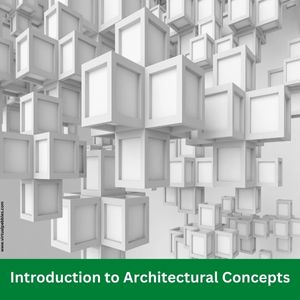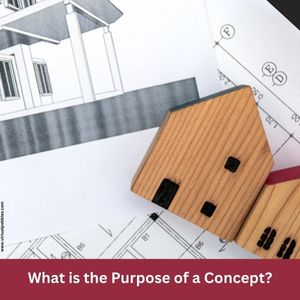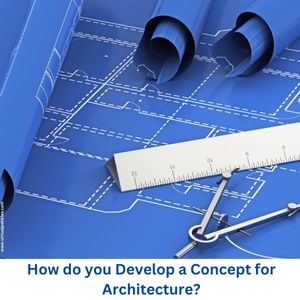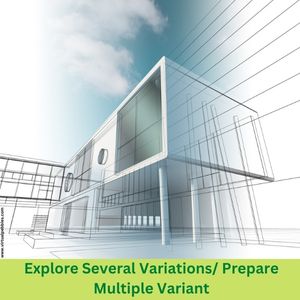Announcement
Get Ready for INDUS CUP 2K26! | Dates: 5–10 January 2026 | Stand a Chance to Win Cash Prizes up to ₹10,00,000!...Read more Get Ready for INDUS CUP 2K26! | Dates: 5–10 January 2026 | Stand a Chance to Win Cash Prizes up to ₹10,00,000!
We are excited to announce the Indus Hackathon 2025, an exhilarating one-day event organized by the CSE Department of Indus University....Read more We are excited to announce the Indus Hackathon 2025, an exhilarating one-day event organized by the CSE Department of Indus University.
26th ISTE Faculty Annual State Convention will be held at Indus University on April 27, 2023....Read more 26th ISTE Faculty Annual State Convention will be held at Indus University on April 27, 2023.
Get Ready for INDUS CUP 2K26! | Dates: 5–10 January 2026 | Stand a Chance to Win Cash Prizes up to ₹10,00,000!...Read more Get Ready for INDUS CUP 2K26! | Dates: 5–10 January 2026 | Stand a Chance to Win Cash Prizes up to ₹10,00,000!
We are excited to announce the Indus Hackathon 2025, an exhilarating one-day event organized by the CSE Department of Indus University....Read more We are excited to announce the Indus Hackathon 2025, an exhilarating one-day event organized by the CSE Department of Indus University.
26th ISTE Faculty Annual State Convention will be held at Indus University on April 27, 2023....Read more 26th ISTE Faculty Annual State Convention will be held at Indus University on April 27, 2023.

A concept is a core idea, notion, or invention that serves as the basis for a project design. The architectural concept is the essence of the entire plan. In our perspective, an architectural notion is an abstract idea that remains constant throughout the design process. Every project is different, and you may face problems while the building process starts, which can be tackled in multiple ways.
The way that architects respond to the design problem that is given to them is through architectural conceptions. All projects should begin with a concept since it is the basis for development and guides the design process. However, a building or structure does not require just one idea; rather, it can have various ideas that drive the component elements of the construct. While creating a project plan, one should consider some factors, such as Functional, Material, Contextual, Conceptual, Collaborative, and Philosophical.
Architecture students think that the concept is evident. The colleges guide them in the right direction. Top colleges for architecture in India train students and mould them into professionals. To conclude, ideas depend heavily on our thought processes, which are the basic foundation of our understanding.


The objective of a Concept is to deliver clarification for the process of design and construction of the project. The aim of a design concept, no matter how big or small is to reflect the soul and body of the scheme by offering a solution to the queries. The idea drives the project forward and is referred to throughout the process. You may combine concepts from the early exploration stage if they make sense. Continue until you feel the idea is taking shape and prepared to be put to the test of practicality.
However, the concept may change as the idea comes to life. Some may think the design concept is absolute, but that is not true. It is just a roadmap, not an actual blueprint. To create a successful design concept, consider other attributes like Exterior and interior, structure, fixtures and fittings material, landscape, and proper finishing.
A good concept is considered and portrayed in every tiny detail and scale throughout every drawing, choice of materials, and line on a page. Your architectural conceptions should form along with thorough site investigation and design brief development. It would be best to start with understanding the architectural concept's critical elements, which are divided into three parts: the Site, Design Brief and Context.


Another helpful way to develop your ideas is to sketch out your concepts. Carrying out in-depth research on your design problems will inspire you and help you discover solutions. Your visions and answers will begin to build as you explore the different factors required in your design, and the values and ideas will come up to you.
Generate a concept based on the data collected and understand the context, site and design brief. Construct multiple building typologies for the project. Create numerous design possibilities with elimination, combination and improvement, and pick one idea you think makes the most sense. Preparing multiple variants of a project design can save time and effort if any situation arises where the client is not satisfied with the design.
Although many architects work alone, this does not mean you should isolate yourself from the outer world and refuse to accept criticism. You can learn so much from others, even if you don't agree with every single point. Understanding and appreciating what is being conveyed to you is still important. Criticism allows you to explore more ideas. Appraise the criticism for what it is worth; you might find inspiration there. Able to differentiate between what is valuable and what is not crucial. The more you consider and accept criticism, the better you perform.
There are many various ways to develop your architectural expertise. However, only a few methods are worth considering and completely embracing. I would recommend enrolling in the B.Arch course if you are an architecture enthusiast. The best architecture college in India provides opportunities for future generations of architects to learn and develop through expert lectures, workshops, and events.
